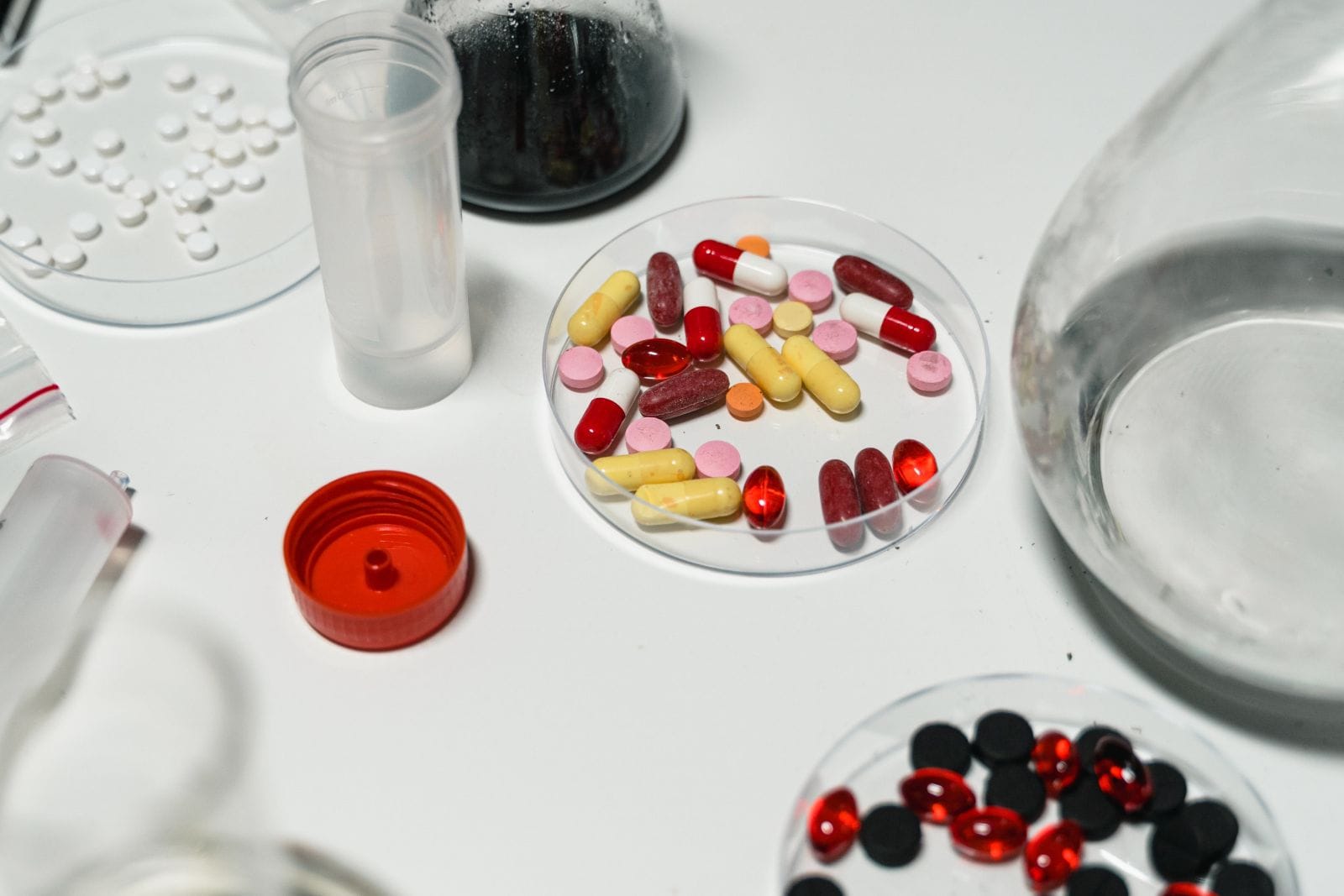
Here's a question to consider: are investors being blinded by artificial intelligence (AI), and missing huge money-making opportunities elsewhere?
The answer is an emphatic yes. Case in point is the pharmaceutical sector.
Of course, some pharma stocks have done extremely well. Especially those that repurposed the diabetes treatment GLP-1, unlocking a multi-billion dollar weight-loss industry.
Investors piled into pharma stocks, taking the price-to-earnings ratio of the S&P 500 Healthcare Index, led by Eli Lilly (LLY), to its highest level in more than 20 years.
Thanks to the ongoing shortages, Zepbound maker Lilly’s stock is up 96% over the past 52 weeks. And its rival, Wegovy maker Novo Nordisk (NVO), is up 79% over the last year.
Pharma is Cheap
And yet, the entire pharmaceutical sector is still vastly undervalued.
That’s because the group is still treated as a defensive investing sector - outperforming the overall market during downturns, but lagging badly when the market is rallying. And the stock market has been in rally mode for the last 18 months.
Since the overall market bottomed in October 2022, health care has fallen ever further behind. A look at the MSCI World Healthcare Index versus the MSCI World Index tells you that.
Do you hear the rap at the door? It’s opportunity knocking, thanks to this relatively poor performance.
So how can you take advantage of this? There are a couple of ways.
Weight Loss Bonanza Ongoing
The market for weight-loss drugs just keeps expanding like an overeater’s waistline.
A year ago, estimates for weight-loss drugs were that it would be a $100 billion industry by the early 2030s. Just one year later, estimates have jumped to $150 billion.
Part of the reason for the rising estimates is the tsunami of recent trial data showing the drugs help stave off costly emergencies like heart attack and stroke. And they may also treat chronic conditions like sleep apnea, supporting the case for employers and insurers to pay for them.
And of course, there are a lot of overweight people. There are 100 million plus Americans who are obese, and even more are overweight. Worldwide, there are estimates of close to a billion who are obese.
So, growing waistlines will translate to growing profits for the successful pharma firms in this segment. However, there are more exciting areas in the industry than just weight loss.
Rising Healthcare Expenditure Investment
Healthcare spending in the U.S. is projected to have risen 7.5% in 2023 to $4.8 trillion! Last year’s projected healthcare spending growth rate of 7.5% outpaced GDP growth for the first time since the pandemic began in 2020, according to the CMS Office of the Actuary’s annual health spending report.
As a result, health spending swelled to an even larger share of our nation’s GDP. Inflation is expected to continue driving up the cost of things necessary to provide healthcare services, especially labor. That price growth, in tandem with an aging U.S. population, is creating more demand for medical care. This should cause health spending to snowball from 17.6% of the GDP last year to 19.7% by 2032, according to the report.
The story is similar globally. The United Nations estimates that the world’s population aged 65 and older will double in the next 25 years. That will make the market for other chronic ailments look pretty good for the pharmaceutical companies.
A rise in cardiovascular diseases, cancer, and diabetes should fuel demand for healthcare services worldwide. This opens up opportunities for companies that can come up with new and novel treatments.
That’s the place I want to invest. A good way to do that is through an exchange traded fund (ETF) - namely, the Virtus LifeSci Biotech Clinical Trials ETF (BBC).
This fund is based on the performance of the LifeSci Biotechnology Clinical Trials Index, which tracks the performance of select clinical trials stage biotechnology companies.
It passively invests solely in firms with promising drugs in clinical human trials that have not yet been approved by the FDA or gone into production. The fund’s stock holdings are roughly equal weighted, so that a few stocks do not dominate the index.
The index is rebalanced on a semi-annual basis. That way, even relatively small biotech firms with major breakthroughs can have a major impact on boosting returns.
The ETF has done well, and is up nearly 10% year-to-date.
Bear in mind that, due to the nature of small biotech stocks, the fund can be volatile. It is interesting to note the wide disparity of performance even within the portfolio. The stocks at the bottom are down big, and the stocks at the top are up several hundred percent.
Nevertheless, BBC is a buy anywhere near its current price of $26.85.








